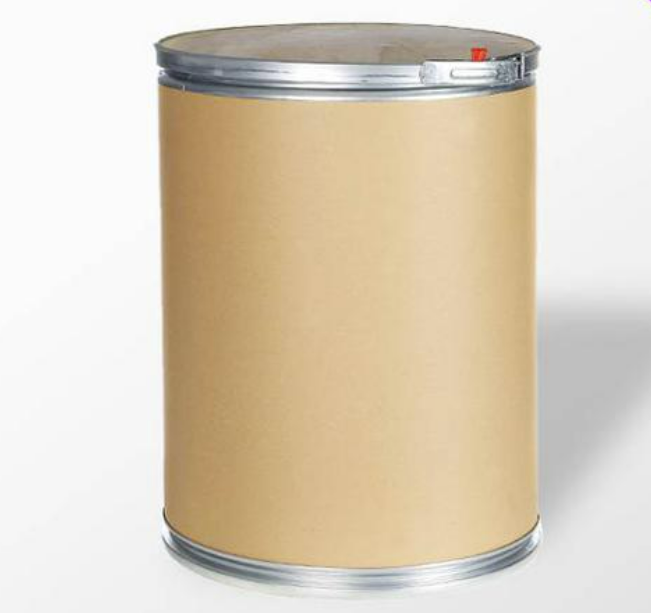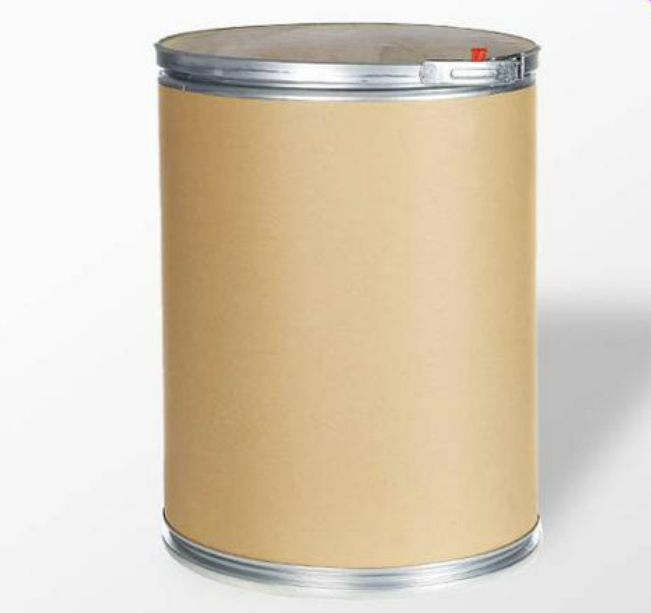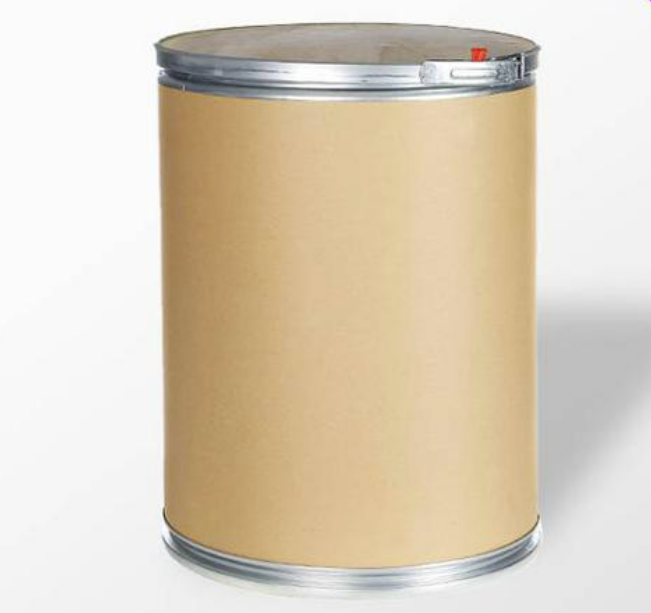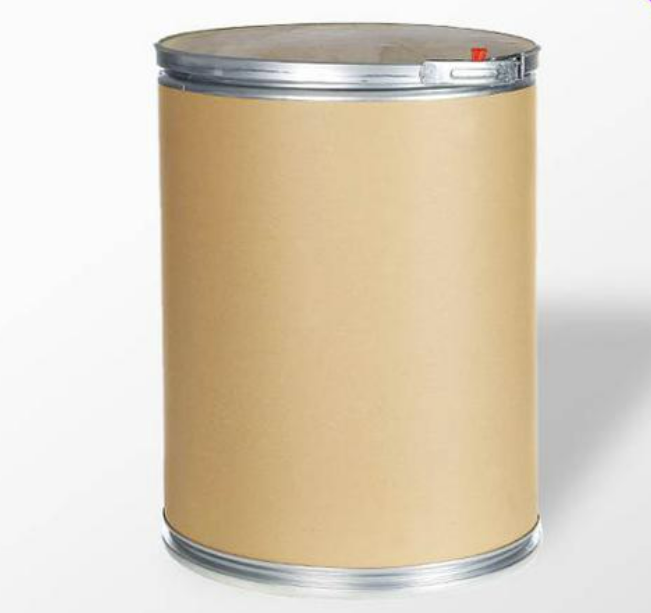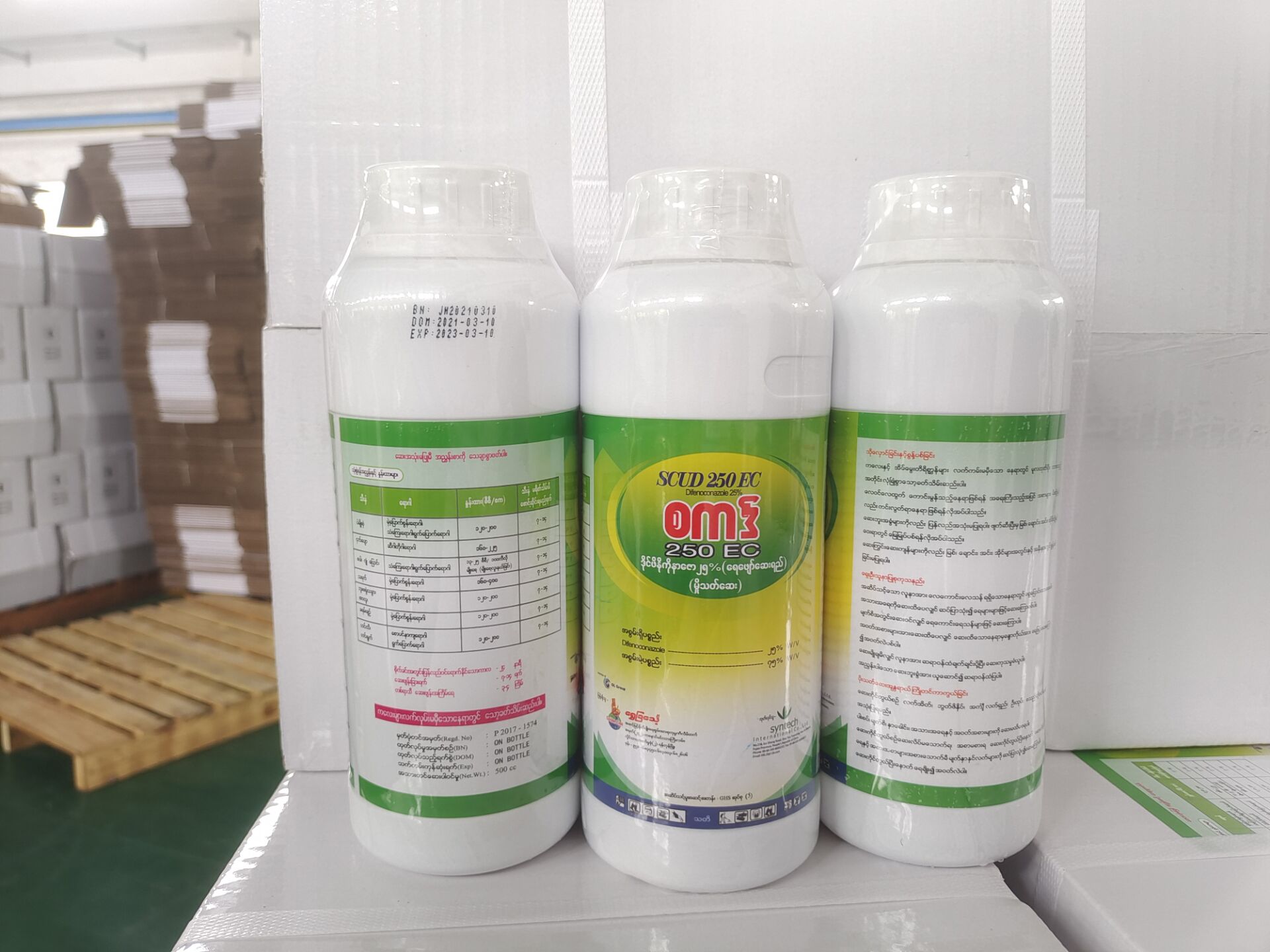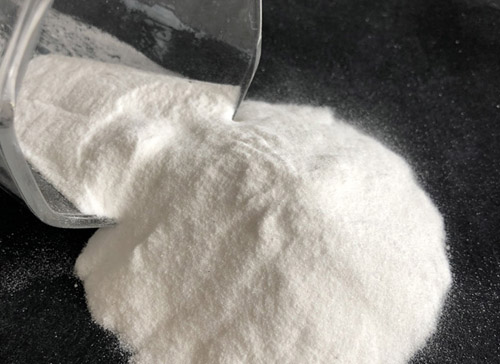CAS:83164-33-4
Molecular Formula:C19H11F5N2O2
Alias
More Information
N-(2,4-Difluorophenyl)-2-[3-(Trifluoromethyl)Phenoxy]Pyridine-3-Carboxamide; N-(2,4-Difluorophenyl)-2-[3-(Trifluoromethyl)Phenoxy]-3-Pyridinecarboxamide; 2’,4’-Difluoro-2-(α,α,α-Trifluoro-M-Tolyloxy)Nicotinanilide; Diflufenicanil; Pelican(Tm); N-(2,4-Difluorophenyl)-2-(3-(Trifluoromethyl)Phenoxy)-3-Pyridinecarboxamide; 2,4-Difluoro-2-(A, A, A-Trifluoro-M-Tolyloxy)-Nicotinanilide; Fenican; Javelin; Couger; Diflufenican Pestanal, 100 Mg
Brief Introduction
Pre and post emergence foliar absorbed herbicide for winter weed control in cereal crops; carotenoid biosynthesis inhibitor.
Suppliers
View More Vendors (2) >
CAS:101200-48-0
Molecular Formula:C15H17N5O6S
Alias
More Information
Sulfmethmeton-Methyl; Tribenuron Methyl Ester; Methyl 2-[[(4-Methoxy-6-Methyl-1,3,5-Triazin-2-yl)-Methylcarbamoyl]Sulfamoyl]Benzoate; _|_; Trybenuron Methyl
Brief Introduction
Tribenuron methyl is a sulfonylurea herbicide, which inhibits acetyllactate synthase, hinders cell division, and inhibits the growth of shoot and root. As a herbicide in wheat field, it can effectively control annual broad-leaved weeds such as Zoysia, shepherd's purse, wheat bottle grass, pig disaster, broken rice shepherd's purse, quinoa, amaranth and so on.
Suppliers
View More Vendors (2) >
CAS:111988-49-9
Molecular Formula:C10H9ClN4S
Alias
More Information
(Z)-Thiacloprid; Calypso; (E)-Thiacloprid; (3-((6-Chloro-3-Pyridinyl)Methyl)-2-Thiazolidinylidene)Cyanamide; [3-[(6-Chloropyridin-3-Yl)Methyl]-1,3-Thiazolidin-2-Ylidene]Cyanamide
Brief Introduction
Thiacloprid is a new nicotine insecticide. It mainly acts on the posterior membrane of insect nerve junction. By binding with nicotinic acetylcholine receptor, it interferes with the normal conduction of insect nervous system, causes the blockage of nerve channel, and causes a large accumulation of acetylcholine, so as to make insects abnormally excited and die of systemic spasm and paralysis. It has strong contact killing, gastric toxicity and internal absorption effects. Thiacloprid has excellent control effect on important pests on pear fruits, cotton, vegetables and potatoes. In addition to aphids and whiteflies, it is also effective on various beetles (such as potato beetle, apple flower weevil and rice weevil) and Lepidoptera pests such as leaf miner and apple bark moth on apple trees, and is applicable to all corresponding crops.
Suppliers
View More Vendors (2) >
CAS:119446-68-3
Molecular Formula:C19H17Cl2N3O3
Alias
More Information
1-((2-(2-Chloro-4-(4-Chlorophenoxy)Phenyl)-4-Methyl-1,3-Dioxolan-2-Yl)Methyl)-1H-1,2,4-Triazole; Diflubenzuron; Difenoconazol; 3-Chloro-4-[(2Rs,4Rs; 1-[[2-[2-Chloro-4-(4-Chlorophenoxy)Phenyl]-4-Methyl-1,3-Dioxolan-2-Yl]Methyl]-1,2,4-Triazole; (2Rs,4Sr)-4-Methyl-2-(1H-1,2,4-Triazol-1-Ylmethyl)-1,3-Dioxolan-2-Yl]Phenyl 4-Chlorophenyl Ether; Dividend; 3-Chloro-4-4-Methyl-2-(1H-1,2,4-Triazol-1-Ylmethyl)-1,3-Dioxolan-2-Y14-Chlorophenylether; Difenoconazole E.C.
Brief Introduction
Difenoconazole, a triazole fungicide, is a sterol demethylation inhibitor with high efficiency, broad spectrum, low toxicity and low dosage. It is an excellent variety of triazole fungicides with strong internal absorption. It can destroy the structure and function of pathogen cell membrane by inhibiting the biosynthesis of ergosterol in pathogen cells. It is used in fruit trees, vegetables, wheat, potatoes, beans, etc Cucurbits and other crops have good protection and treatment effects on vegetables, fruits and other fungal diseases, and have the characteristics of "three no" (no pollution of the environment, no pollution of agricultural products, no killing of natural enemies). They are ideal fungicides for controlling citrus scab, leaf spot and other crop resistant diseases in China and even in the world.
Suppliers
View More Vendors (2) >
CAS:120-72-9
Molecular Formula:C8H7N
Alias
More Information
1H-Benzo[B]Pyrrole; 1-Azaindene; Ketole; Indole; Benzopyrrole; 2,3-Benzopyrole; 2,3-Benzopyrrole; 1-Benzazole; Indol; Fema 2593; Benzo(B)Pyrrole; Indolegr; 2,3-Benzopyrrole,Orbenzazole,Indole; Indole Crystalline Gr; Indole-15N
Brief Introduction
Indole exists in feces, coal tar, jasmine oil and Neroli oil. It is colorless, lobular or plate-shaped crystal. It has strong fecal odor. The pure product has fresh flower odor after dilution. It is soluble in hot water, benzene and petroleum. It is easily soluble in ethanol, ether and methanol. It can volatilize with water vapor. It turns red when placed in air or visible light, and resinifies. It is weakly acidic and forms salt with alkali metals, It is resinified or polymerized with acid. The highly diluted solution has jasmine fragrance and can be used as perfume. Indole is an important organic raw material and fine chemical product. Its homologues and derivatives widely exist in nature, mainly in natural flower oil, such as jasmine, sweet orange, white lemon, pomelo peel, orange, bitter orange, Narcissus, vanilla, etc. It can be widely used in jasmine, Syringa, orange blossom, gardenia, honeysuckle, lotus, Narcissus, Yilan, orchid, and prune. It is often used in combination with methyl indole to make artificial civet flavors. It can be used in chocolate, raspberry, strawberry, bitter orange, coffee, nuts, cheese, grape and fruit flavor compound.
Suppliers
View More Vendors (2) >
Inquiry (
10
/ 10
)
Clear All
Sign In
Error!


